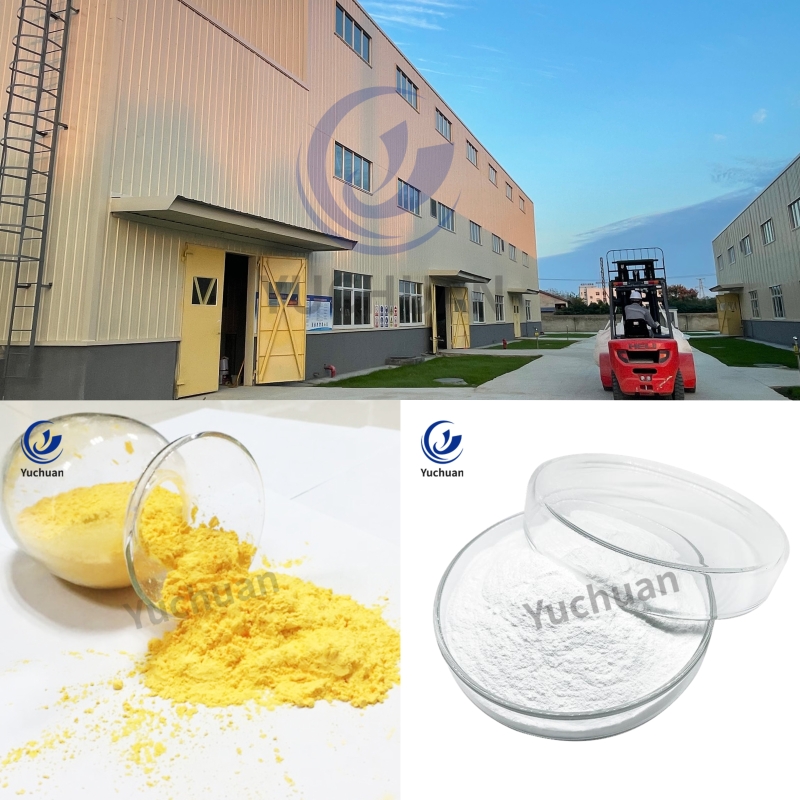-
Categories
-
Pharmaceutical Intermediates
-
Active Pharmaceutical Ingredients
-
Food Additives
- Industrial Coatings
- Agrochemicals
- Dyes and Pigments
- Surfactant
- Flavors and Fragrances
- Chemical Reagents
- Catalyst and Auxiliary
- Natural Products
- Inorganic Chemistry
-
Organic Chemistry
-
Biochemical Engineering
- Analytical Chemistry
-
Cosmetic Ingredient
- Water Treatment Chemical
-
Pharmaceutical Intermediates
Promotion
ECHEMI Mall
Wholesale
Weekly Price
Exhibition
News
-
Trade Service
Recently, the Zero Waste Blade Research (ZEBRA) consortium has produced the first samples of its 100% recyclable wind turbine blades
.
LM Wind Power, a division of GE Renewable Energy, designs and manufactures thermoplastic resin wind blades at its Ponferrada plant in Spain
.
The team spent nearly a year developing and testing materials, supported by sub-component level process trials from consortium partners
.
LM Wind Power said the 62-meter-long sample was made using Elium resin from specialty chemicals company Arkema
.
This is a thermoplastic resin known for its recyclable properties
.
The blades also use new high-performance glass fibers from Owens Corning
.
The ZEBRA zero-waste blade research project was officially launched in September 2020, led by IRT Jules Verne, France, which brought together Arkema, CANOE, Engie, LM Wind Power, Owensko Several industrial companies including Ning and SUEZ
.
The project budget exceeds 18.
5 million euros
.
The aim is to comprehensively demonstrate the technical, economical and environmentally relevant properties of thermoplastic resin wind turbine blades and to promote blade recycling using an eco-design approach
.
This liquid thermoplastic resin is said to be ideal for the manufacture of large wind turbine components through an infusion process in combination with Owens Corning's high-performance fiberglass
.
According to LM Wind Power, the composite has similar properties to thermoset composites, but has a key unique advantage: recyclability
.
Elium-based composite parts can be recycled using advanced chemical recycling methods that fully depolymerize the resin and separate the glass fibers from the resin for recycling
.
The method, developed in collaboration between Arkema and CANOE, was tested on all composite parts, including waste generated during production
.
Owens Corning is also responsible for finding solutions for fiberglass recycling through remelting and reuse
.
In addition to material testing and process trials, several companies have made progress in the development and optimization of manufacturing processes through the use of automation technologies to reduce energy consumption and waste in the production process
.
In the next step, LM Wind Power will begin comprehensive structural life testing at its test and validation center in Denmark to validate the performance of the composite material used to manufacture the blades and its viability in future blade production
.
After these tests were completed, the validation of the post-end-of-life recovery method of the blade was carried out
.
The next steps are the recovery of waste from the production process, as well as the disassembly and recovery of the first blade and the analysis of the test results
.
By the end of the project in 2023, the partnership will bring the wind power industry into the cycle of a circular economy in a sustainable manner, based on eco-design principles
.
Work on the ZEBRA project is progressing as planned, the project has all the expertise needed to deploy sustainable thermoplastic wind blades, and the manufacture of the first samples has been a huge success for the entire consortium and the wind industry as a whole
.
It is understood that thermoplastic resin blades are also being developed internally by domestic blade companies.
At present, some samples and process verifications have been done, including the exploration of supporting fibers, structural adhesives and accessories required for thermoplastic resin applications
.
It is expected that a blade will be tested for verification in the future
.







